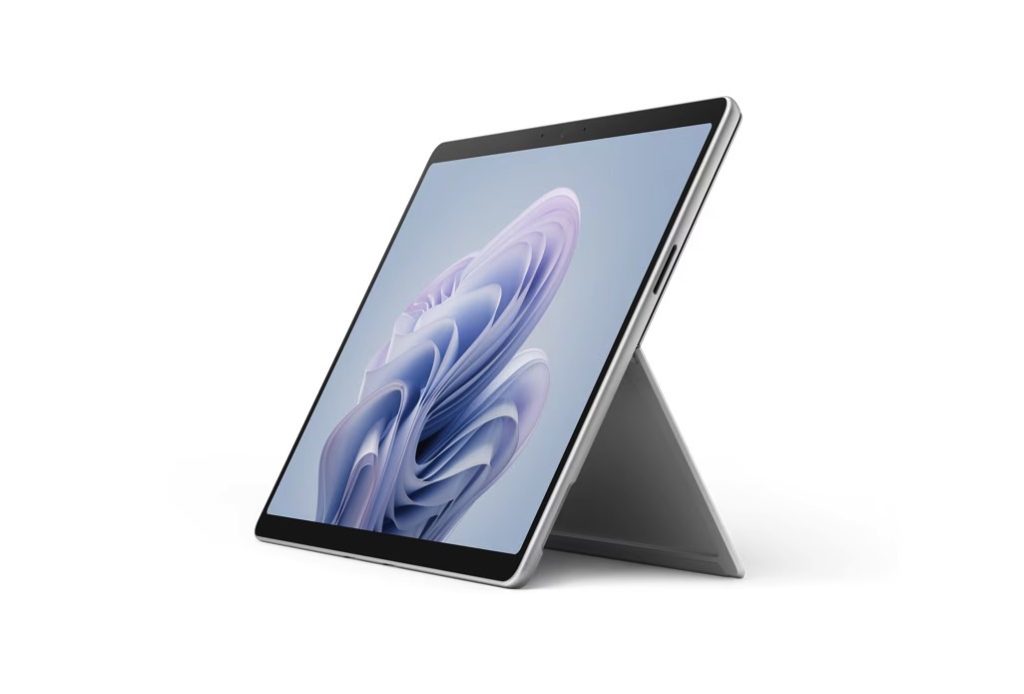Everyone was minding their business on Friday when they discovered their flight was delayed, their bank wasn’t working, or the hospital couldn’t offer certain services. A Windows issue was affecting millions of PCs worldwide, only this time around, it wasn’t Microsoft responsible for the error that crippled plenty of businesses reliant on Windows computers.
CrowdStrike had issued a security update that many Windows computers downloaded automatically. That CrowdStrike update contained a bug that caused those computers to show a Blue Screen of Death (BSOD) as they entered a boot loop that rendered them useless.
CrowdStrike issued a fix on Friday that helped IT admins fix their computers. They had to boot Windows in Safe mode and then delete a file from the CrowdStrike directory. But that fix might not have been enough for all computers affected by the BSOD bug. Microsoft has taken matters into its own hands, releasing its own CrowdStrike fix over the weekend.
Microsoft posted a blog that describes the fix and offers download links to the files IT admins will need to create a bootable USB drive to fix the matter.
Tech. Entertainment. Science. Your inbox.
Sign up for the most interesting tech & entertainment news out there.
By signing up, I agree to the Terms of Use and have reviewed the Privacy Notice.
That is, Microsoft’s tool will require some manual labor. You’ll have to download the file from Microsoft and then create the bootable USB drive. Once that’s done, you can use the file to fix CrowdStrike-impacted Windows machines. The bootable drive should delete the file automatically rather than having you navigate to it and delete it manually.
The tool won’t have you access the drive of the Windows machine. But if the disk has BitLocker encryption protection enabled, you’ll need a recovery key before the tool can fix itself.
If you have a large fleet of Windows PCs that are still suffering from the CrowdStrike BSOD issue and you still haven’t been able to fix them using the CrowdStrike update or manual process, this Microsoft recovery tool might be for you.
Make sure you download the file directly from Microsoft rather than other sources. Microsoft has a detailed write-up on how to recover Windows PCs using the USB tool at this link. The document also offers step-by-step guides for everything you need to do, depending on the type of Windows machine you’re dealing with.
As The Verge points out, Microsoft also has a recovery process for Windows Virtual Machines that run on Azure. You’ll find everything at this link.

